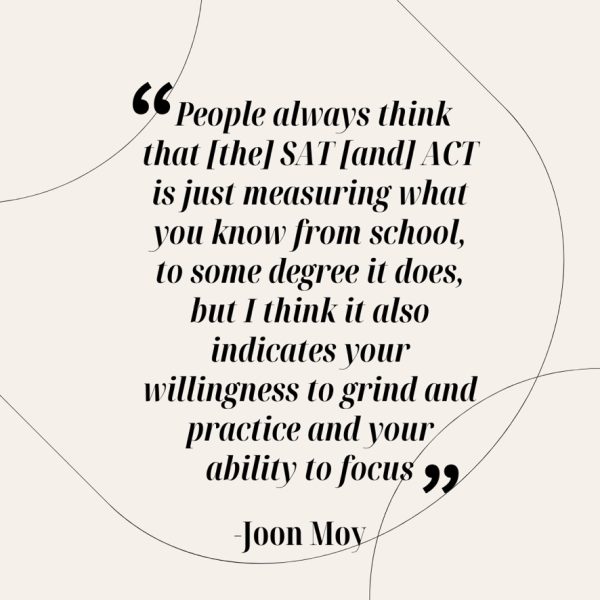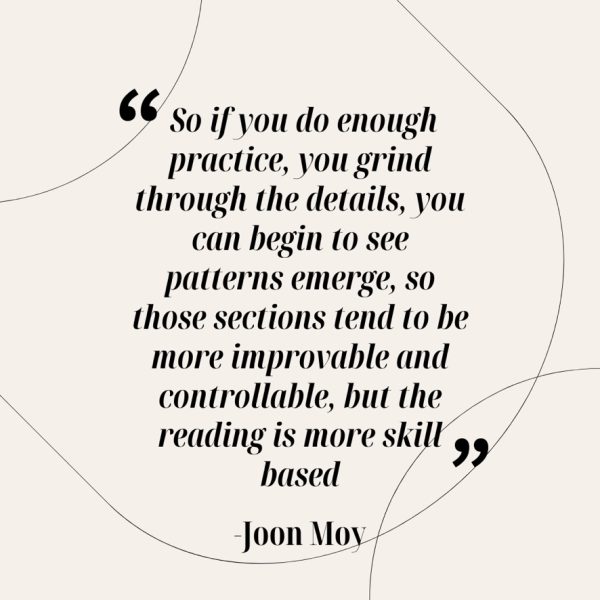The SAT, or Standard Aptitude Test, dates back to 1926 and was invented by Carl Brigham, a psychology professor at Princeton University. The SAT was put in place to find talented applicants in academically weaker high schools, making a higher education more meritocratic.
In March 2016, College Board began to administer an SAT that claimed to be aligned with what students learn in school, the College Board did switch the focus of their test to be more general, testing essential skills taught in school such as grammar rules, reading analysis and high school level math comprehension.
Senior Aarushi Jain has taken the SAT test three times: once in October 2022, once in March 2023 and finally August 2023, when she got a score she was satisfied with. Jain believes with the classes she took at school she believes she was well prepared for the math portion of the SAT but not as much prepared for the reading section on the SAT.

“I think reading was something that I [did poorly] on because of how we don’t ever do timed readings [in class],” Jain said. “The only things we really read are little stories at home, cause maybe it’s homework, so we’re not efficiently doing it in classrooms. I [also] think we never really practiced passages and analyzed them.”
Joon Moy, the branch director of Elite Prep Cupertino, a college assistance institution, agrees, acknowledging that in the many years that he has worked with students, a majority struggle with the reading section and do better on the math section.
“For the math and the language grammar, there are rules, formulas [and] principles [which] are learnable, memorizable and practicable,” Moy says. “So if you do enough practice, you grind through the details, you can begin to see patterns emerge, so those sections tend to be more improvable and controllable, but the reading is more skill based.”
Jain feels some aspects of the curriculum could be changed to better prepare students, one of them being improving reading analysis. But since the SAT is a test that not everyone takes, Jain believes schools should prioritize teaching the fundamental skills and concepts tested on the SAT, rather than solely focusing on preparing students specifically for the SAT itself.
Literature teacher Vennessa Nava chooses not to follow the developments of the SAT and the content in the test. She remains critical of the way College Board exerts control over students for its profit, even while it expressly says it is a not-for-profit organization. While she used to keep up with changes in the SAT, she does not do that anymore.
“It’s great if College Board wants to develop tests that have some utility for students when they’re applying to college,” Nava said. “But I don’t think that the choices we make in our English classrooms should be according to what’s on this test that this organization has created.”
Joon agrees, adding that it isn’t a teacher’s job to worry about the SAT — their job is to teach students how to interpret and improve critical thinking skills. In the long run, Joon admits that these skills are transferable to the SAT and beneficial to taking the test.
Joon also recognizes the importance of the SAT and how it is generally a good indicator of how prepared a student is for college. The SAT is not solely an indicator of a student’s overall preparedness for college, but rather it assesses their dedication, critical thinking abilities, and level of focus in a broader context.

“I think to me, more importantly, it shows that they can sit down and focus for a long stretch of time,” Moy says. “People always think that [the] SAT [and] ACT is just measuring what you know from school, to some degree it does, but I think it also indicates your willingness to grind and practice and your ability to focus. It’s not the most important number though, but it is a number that adds to the spread of numbers on your profile [for college].
Jain received extra tutoring from Elite Preps SAT program as a way for her to prepare for the SAT. The best thing the center did was provide her a routine since it had one test a week and then broke the test down by having teachers explain any question that the class struggled with during the test as a way to further practice it.
“I think they went over math concepts, taught a few reading concepts or like writing concepts here and there,” Jain said. “But I think definitely it’s like the practice of just rebooting a test [and doing it over and over again].”
Moy notices that multiple students with or without test prep have done extremely well on the test and it depends on the person. He points out that a lot of students benefit from the structure and schedule of assigned tests and exercises SAT prep provides, while some students are able to give themselves a schedule and are able to rely on their natural organic schooling and own discipline.
“The kids are pretty bright, they’ve got a good head [on] their shoulders and they’re all college bound, good college bound,” Moy says, “But by large, I feel like MV students are pretty motivated, prepared, pretty organized and I get a pretty positive scholastic academic impression [from them].”












